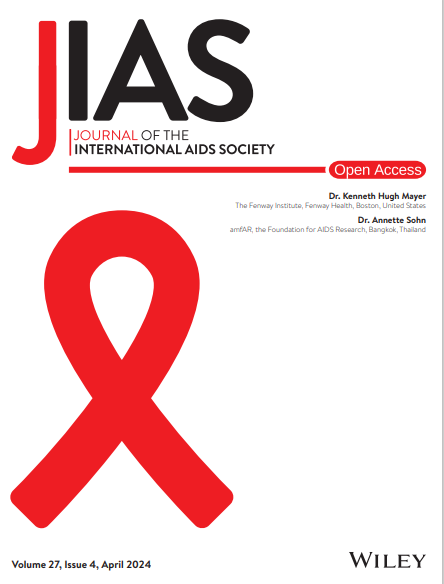Programme Science (PS) and community-led monitoring (CLM) intersect in unexpected and promising ways. This commentary examines a CLM initiative in Malawi and South Africa to highlight the crucial role of CLM in bolstering the PS framework. By leveraging data sources often overlooked by conventional research and evaluation approaches, CLM emerges as a pivotal element in enhancing programme effectiveness. This paper delineates the fundamental principles of CLM, presents programme outcomes derived from CLM methodologies and contextualizes these findings within the broader framework of PS.
The Citizen Science Project implements CLM continuously at 33 health facilities: 14 in Malawi (eight in Kasungu District and six in Dedza District), and 19 in South Africa (all in the West Rand District), representing a total catchment area of 989,848 people. Monitoring indicators are developed in an iterative process with community groups. The indicators are unique to each country, but both focus on the uptake of health services (quantitative) and barriers to access (qualitative). Monthly clinic records surveys capture 34 indicators in Malawi and 20 in South Africa and are supplemented by qualitative interviews with care recipients and healthcare workers. Qualitative interviews provide additional granularity and help confirm and explain the more macro trends in service coverage as described in quantitative data. The resulting data analysis reveals key themes that help stakeholders and decision-makers to solve problems collaboratively. Noteworthy outcomes include a substantial increase in multi-month dispensing of antiretroviral therapy (ART) during COVID-19 (from 6% to 31%) with a subsequent recovery surpassing of HIV service benchmarks in Malawi post-pandemic.
While quantifying direct impact remains challenging due to the project's design, CLM proves to be a robust methodology that generates credible data and produces impactful outcomes. Its potential extends beyond the health sector, empowering community leadership and fostering interventions aligned with community needs. As CLM continues to evolve, its integration into PS promises to improve relevance, quality and impact across diverse disciplines.


